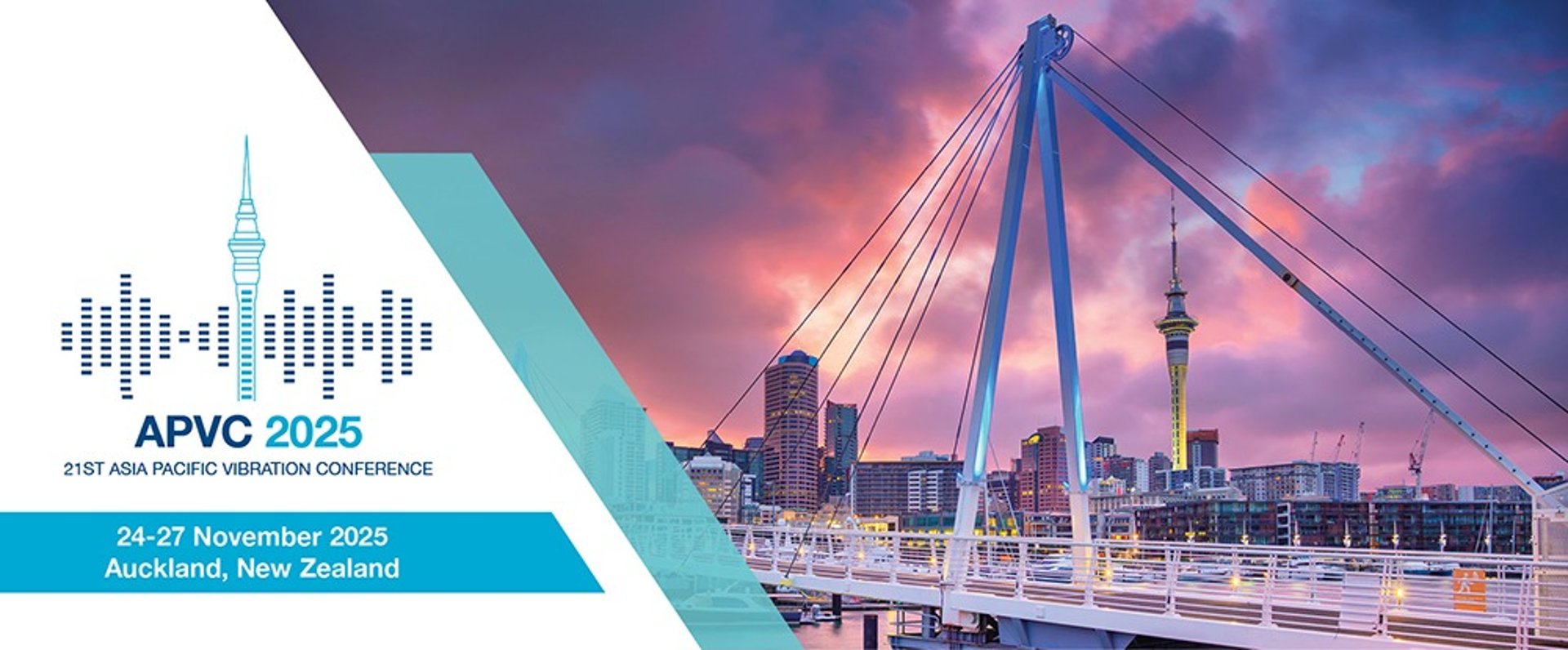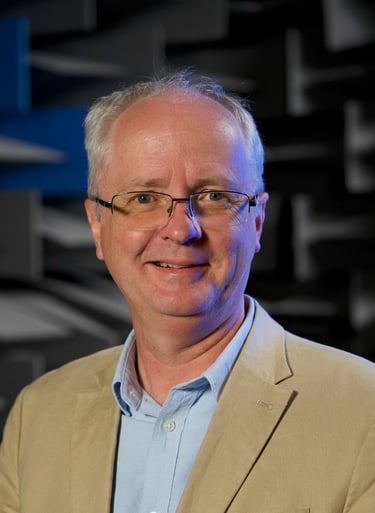
Keynote Speakers
Our keynote speakers are internationally recognised experts who will share their knowledge and experience drawn from their expertise in vibration and related fields at APVC 2025.
Professor Tim Waters (University of Southampton, UK)


Abstract: Surfaces of many engineering structures that operate in harsh environments are susceptible to the build-up of unwanted substances causing unscheduled maintenance and service outage, deterioration in performance or even catastrophic failure. Depending on the application, prevention or treatment may require harmful chemicals, excessive energy usage or invasive access to relatively inaccessible parts of infrastructure.
In this talk, the use of vibration to delaminate a layer of accretion from a substrate is discussed from the viewpoint of guided waves. Initially, time-harmonic excitation is considered which gives rise to steady-state dynamic stresses at the interface that can debond the accretion. Inputting a high amplitude mechanical shock is an alternative approach to breaking the adhesive bond. However, dispersion reduces the peak response as waves propagate from an actuator to some remote point of interest. Several compensation techniques are discussed by which an impulsive input waveform is modified to account for dispersion over a specified distance such that a high amplitude shock response is achieved. The focal point at which a shock is desired can be moved by modification of the input waveform which, in principle, can facilitate scanning of the structure.
The first case study presented is that of a uniform beam which is excited in the audible frequency range such that only a single flexural wave can propagate and dispersion is most easily counteracted. An analytical model of the beam and actuator is adopted, and experimentally validated, to predict the achievable peak response at a chosen focal point. Removal of an accreted patch at the focal point is demonstrated in the laboratory. The second case study is that of a curved leading edge structure which carries numerous waves when excited at ultrasonic frequencies. Time inversion is used to compensate for the wave dispersion characteristics of the multiplicity of waves present. Finite element simulations are presented to highlight the effects of bandwidth and damping on the force that would be required to remove an accreted layer of ice.
Finally, the case of transient waves in a water-filled pipe is considered for the purpose of controlling biofouling. A wave finite element model is constructed for efficient computation of coupled structural-acoustic waves over long distances. An interesting interdisciplinary aspect of this application is that disruption to marine creatures’ normal biological responses is sought rather than their mechanical removal.